What is Nuclear Waste?
What does Nuclear Waste look like?
Nuclear waste, often referred to as radioactive waste, is the by-product of nuclear reactors, research facilities, and medical treatments using radioactive materials. It encompasses a variety of forms, each distinct in appearance and hazard level. There are three main nuclear waste types:
Low-Level Waste (LLW), which includes contaminated materials like gloves, tools, and clothing, is generally solid and can resemble everyday trash, albeit sealed in heavy-duty plastic containers to prevent radiation leaks.
Intermediate-Level Waste (ILW) includes resins, chemical sludge, and reactor components, often stored in concrete or steel containers, appearing as dense, solid masses.
High-Level Waste (HLW) is the most dangerous and visually distinct, typically comprising spent nuclear fuel rods. These rods are metal tubes, each several feet long, filled with small pellets of uranium. When first removed from the reactor, they glow with a blue light due to Cherenkov radiation, but they are soon stored in steel-lined pools of water or dry casks—large, concrete and steel containers—for cooling and shielding.



How much Nuclear Waste is there?
As of recent estimates, the world has accumulated around 390,000 tonnes of spent nuclear fuel since the beginning of nuclear electricity production in 1954. This spent fuel is just one component of the broader category of nuclear and radioactive waste, which also includes low-level waste, intermediate-level waste, and high-level waste.
Globally, 95% of existing nuclear radioactive waste is classified as very low-level (VLLW) or low-level, which includes materials like contaminated protective clothing and cleaning materials. Intermediate-level waste, which includes resins and chemical sludge, makes up about 4%, while high-level waste, primarily spent fuel, accounts for less than 1%.
What do the symbols mean?
An image frequently associated with radiation and waste is the radiation trefoil on a yellow background which warns of danger due to ionising radiation. There are however other radioactive waste symbols which are less well known. Have a look below:

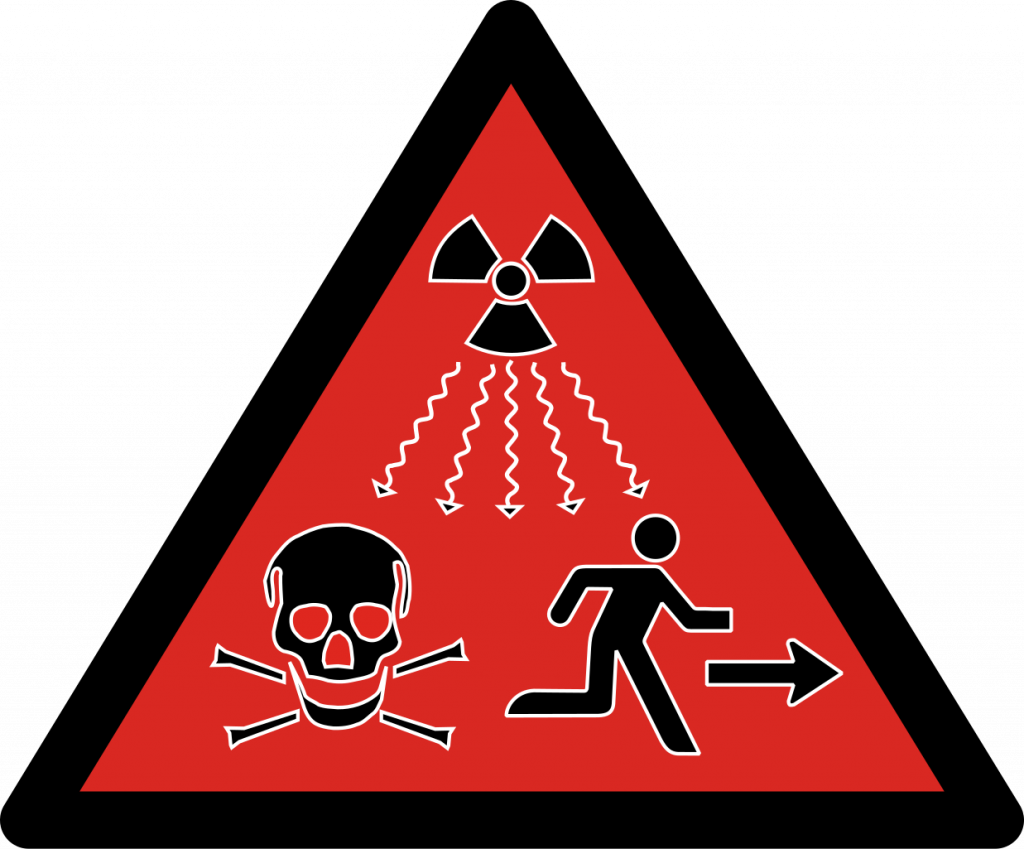
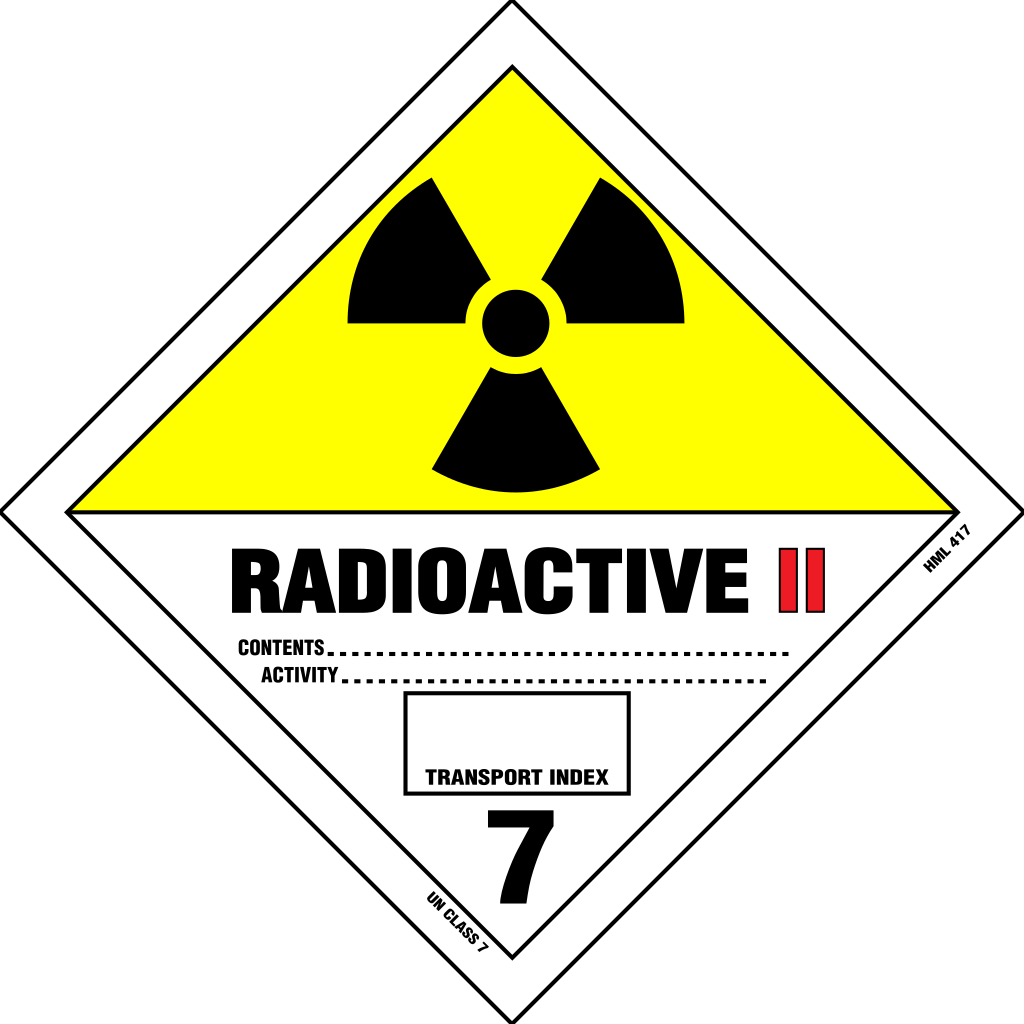
These symbols are designed for immediate recognition and safety. They may also be accompanied by warning text like “Caution: Radioactive Material” for added clarity. Effective use of signage to mark hazards is crucial in ensuring safety, preventing exposure, and guiding proper handling and disposal procedures.
Does nuclear fusion produce Nuclear Waste?
Nuclear fusion does produce some waste, but it’s significantly less problematic than the waste from nuclear fission. The primary by-product of fusion is helium, an inert gas that poses no environmental threat. Fusion also produces tritium, a radioactive isotope of hydrogen, but it is used and recycled within the plant in a closed loop, minimising its environmental impact.
However, the reactor’s structural materials can become radioactive due to exposure to intense neutron fluxes. This activation of materials is a challenge that researchers are working to address. Overall, fusion is considered much cleaner and safer compared to fission, as it doesn’t generate long-lived radioactive waste.
High Level Waste
High-level nuclear waste, high-level radioactive waste, or simply high-level waste (HLW) is the most hazardous type of nuclear waste, primarily produced from the reprocessing of spent nuclear fuel and from the operation of nuclear reactors. It contains highly radioactive fission products which typically have short to medium half lives and are created during nuclear fission. HLW is heat-producing and requires cooling.
HLW primarily comes in two forms: spent fuel rods and liquid waste. Spent fuel rods are long metal tubes filled with uranium pellets that have been used in a nuclear reactor. They are intensely radioactive and generate heat, requiring cooling in water pools or dry casks. Liquid HLW arises from the reprocessing of spent fuel and is often immobilised in glass or ceramic matrices through a process called vitrification, turning it into a solid form that can be safely stored.


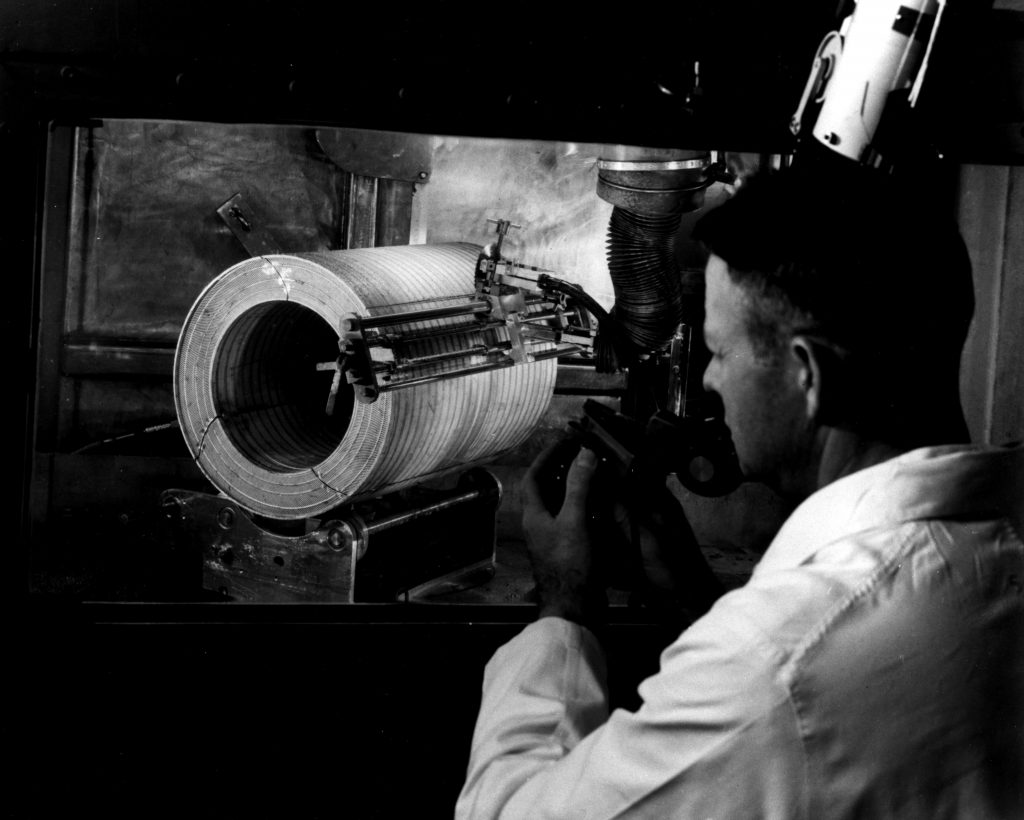
The management and disposal of HLW present significant challenges due to its long-lasting radioactivity. Permanent geological repositories are being considered for long-term storage, involving burying the waste deep underground in stable rock formations to prevent any risk to humans and the environment. Until these solutions are in place, HLW is stored in interim storage facilities designed to contain radiation and dissipate heat effectively.


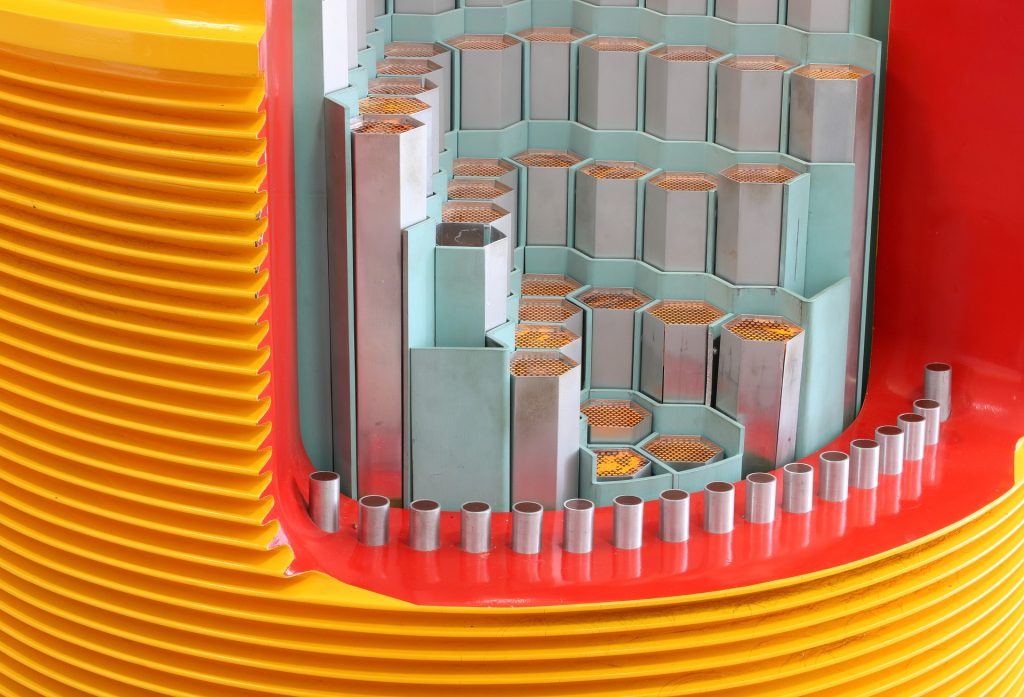
Transporting high-level nuclear waste involves stringent safety protocols. Waste is first secured in robust containers, typically steel-lined casks that shield radiation and withstand extreme conditions. These casks are then loaded onto specially designed transport vehicles, which are heavily regulated and monitored. The journey is meticulously planned to avoid populated areas and ensure minimal risk. Escort vehicles and real-time tracking enhance security. In the event of an accident, emergency response teams are on standby to contain any potential hazards swiftly. The entire process prioritises public and environmental safety, ensuring that HLW is moved securely and efficiently.



Intermediate Level Waste
Intermediate Level Waste
Intermediate-level waste (ILW) is a type of radioactive waste that contains higher levels of radioactivity than low-level waste but does not generate significant heat like high-level waste. ILW typically includes resins, chemical sludge, contaminated equipment, reactor components, and materials from nuclear decommissioning processes.
Unlike low-level waste, ILW requires more robust containment. It’s usually encapsulated in concrete or bitumen, then stored in stainless steel drums or concrete vaults to ensure safety. The radioactivity in ILW can remain hazardous for hundreds to thousands of years, making its management a significant concern.
Disposal of ILW involves geological repositories or specially engineered surface facilities, designed to isolate the waste from the environment and human populations. The goal is to ensure that the radioactivity decays to safe levels before any potential release. Given its long-term hazard, ILW management is a critical aspect of the nuclear industry’s waste strategy.



Low Level Waste
Low Level Waste
Low-level nuclear waste, low-level radioactive waste, or simply low-level waste (LLW) comprises materials that have been lightly contaminated with radioactive substances, but don’t present a significant hazard if properly managed. This type of waste comes from various sources, including nuclear power plant operations, medical facilities, and industrial processes. Examples include contaminated clothing, tools, filters, and medical tubes.
LLW is generally safe to handle with minimal shielding. It doesn’t generate heat and its radioactivity decays to safe levels relatively quickly, typically within a few decades. This waste is usually disposed of in near-surface disposal facilities. It’s packed in drums or containers, often made of metal or concrete, and then buried in engineered trenches or vaults designed to isolate it from the environment and humans.
To ensure safety, LLW sites are monitored and maintained to prevent any potential leaks or contamination. Procedures for handling and disposing of LLW are strictly regulated, ensuring minimal risk to workers, the public, and the environment. Proper management of LLW is crucial as it constitutes the bulk of the radioactive waste volume generated by nuclear and other industries.

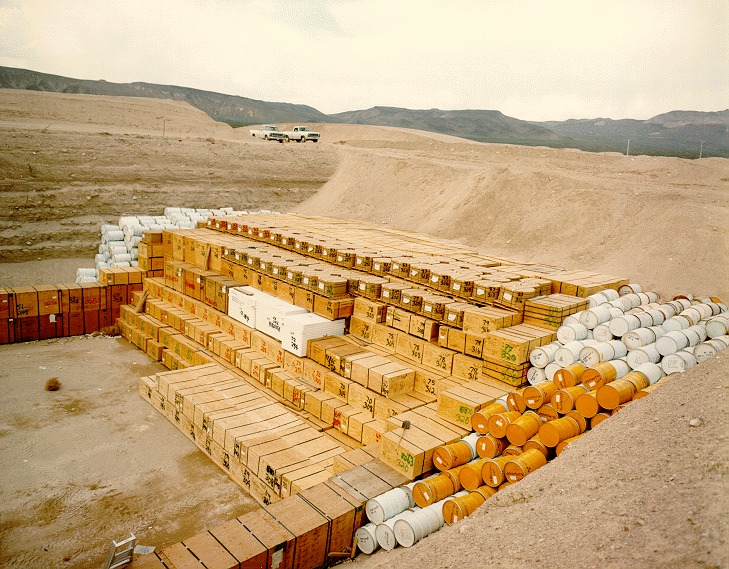

Current problems and possible solutions
Environmental Impact
Nuclear waste poses significant environmental challenges due to its radioactive properties and potential for contamination. Improper management or accidents can lead to leaks, contaminating soil, water and air. Radioactive materials can persist in the environment for thousands of years, posing long-term health risks to humans and wildlife.
Groundwater contamination is a major concern. Radioactive isotopes can seep into underground water sources, making them unsafe for consumption and harming aquatic ecosystems. Surface spills or leaks can also contaminate soil, reducing agricultural productivity and harming plant life.
The long-term storage of high-level waste, in particular, poses a challenge. Even with stringent safety measures, the risk of containment failure over millennia exists.
Shortage of Disposal Sites
The scarcity of nuclear waste disposal sites presents significant challenges. Firstly, there’s the risk of accumulated waste at temporary storage sites, which are not designed for long-term containment. This increases the possibility of environmental contamination and poses safety risks, particularly if these sites are not adequately maintained or monitored.
Furthermore, many existing storage facilities are reaching capacity, compelling the nuclear industry to seek alternative solutions for the storage of nuclear waste. This can lead to a patchwork of temporary sites. The lack of permanent disposal solutions also hampers the decommissioning of old nuclear plants. Without a final disposal site, dismantling reactors and managing the waste generated becomes a more complex and hazardous process.
Public Opposition and Political Hurdles
Establishing permanent disposal sites is fraught with public opposition due to environmental and health concerns. Communities resist hosting these facilities, and political disagreements stall progress, preventing the development of necessary infrastructure.
Advances in Recycling and Reprocessing

Nuclear waste recycling, or reprocessing, is the practice of chemically treating spent nuclear fuel to extract valuable materials for reuse. This process significantly reduces the volume of high-level waste and recovers useful isotopes like uranium and plutonium, which can be recycled into new fuel.
While recycling reduces the quantity of high-level waste, it doesn’t eliminate it completely. The remaining waste is still highly radioactive and requires long-term management. Additionally, reprocessing carries risks, such as the potential proliferation of weapons-grade materials, requiring stringent safeguards.
Countries like France and Japan have adopted nuclear waste recycling, viewing it as a strategy to maximise resource efficiency and minimise waste. However, the economic and security challenges make it a complex and sometimes contentious issue. Advances in technology may further improve the safety and efficiency of nuclear waste recycling in the future.
Long Term Solutions
Long-term disposal of nuclear waste faces numerous challenges, primarily due to the hazardous nature and longevity of the radioactivity. A major issue is ensuring that the waste remains contained and isolated from the environment and human populations for thousands of years. Engineering solutions must account for potential natural disasters, geological shifts, and the durability of containment materials over millennia.
A Geological Disposal Facility (GDF) plays a crucial role in addressing these challenges. GDFs are deep underground facilities designed to securely store high-level and long-lived intermediate-level waste. They are constructed in stable geological formations, providing a natural barrier that, combined with engineered barriers, prevents the escape of radioactivity.
GDFs aim to minimise risks by isolating waste far below the surface, where it is less likely to be affected by human activities or natural events. They are seen as the most viable solution for long-term disposal, ensuring that future generations are not burdened with managing nuclear waste and enhancing environmental protection.

Explore Further
Choose from the articles below to continue learning about nuclear.
Uranium – An Indispensable Part of Nuclear Energy
What can a Nuclear Reactor be used for?
Cherenkov Radiation – The Ethereal Blue Glow
Tokaimura – Lessons Learned from Japan’s Criticality Accident
Did you know? Explore Nuclear also offers great careers information and learning resources.
Below you can find references to the information and images used on this page.
Content References
- Global Overview of Radioactive Waste and Spent Fuel Management | IAEA
- How do we manage radioactive waste? | UK Radioactive Waste Inventory (UKRWI) (nda.gov.uk)
- Low- and intermediate-level radioactive waste (cnsc-ccsn.gc.ca)
- Radioactive Waste Management – World Nuclear Association (origindigital.co)
- High-level radioactive waste management – Wikipedia
- Long-term, sustainable solutions to radioactive waste management | Scientific Reports (nature.com)
- Radioactive waste – Wikipedia
- Nuclear waste processing | IAEA
- Used Fuel (nei.org)
- Radioactive waste disposal | IAEA
- Radioactive Waste | NRC.gov
Image References
- Radioactive symbol – Cary Bass – Public Domain
- ISO radiation symbol – historicair – Public Domain
- Class 7 label – IRTC1015 – Public Domain
- Simulated intermediate level nuclear waste – The wub – CC BY-SA 4.0
- Low-level radioactive waste storage pit – Federal Government of the United States – Public Domain
- Half ISO Waste containers – IAEA Imagebank – CC BY-SA 2.0
- Nuclear Waste flask train – Jez – CC BY-NC-ND 2.0
- Commercial Low-Level Waste Site – Nuclear Regulatory Commission – CC BY 2.0
- Maritime Shipment of Radioactive Waste – IAEA Imagebank – CC BY-NC-ND 2.0
- Example Low Level Radioactive Waste Drums – Kelly Michals – CC BY-NC 2.0
- Waste Drums – D5481026 – CC BY-SA 4.0
- Barrels of Yellowcake – IAEA Imagebank – CC BY-SA 2.0
- Vitrified Nuclear Waste – Science Museum Group – CC BY-NC-SA 4.0
- Nuclear Fuel Pellets – Nuclear Regulatory Commission – CC BY 2.0
- Nuclear Fuel Pellets & Rod – United States Department of Energy – Public domain
- AGR Fuel Element – Science Museum Group – CC BY-NC-SA 4.0
- Irradiated fuel inspection – ENERGY.GOV – Public Domain
- Spent Fuel Pool – Nuclear Regulatory Commission – CC BY 2.0
- Dry Storage Containers – Nuclear Regulatory Commission – Public domain
- Spent Nuclear Fuel Container – Free for Use
- Waste Package Transporter – Matt Herod – CC BY-SA 4.0
- ILW Drum – Science Museum Group – CC BY-NC-SA 4.0
- Crane above a Waste Repository – Antti Leppänen – CC BY 4.0
- ThORP Facility – Raymond Knapman – CC BY-SA 2.0
- Onkalo driving tunnel – kallerna – CC BY-SA 4.0
